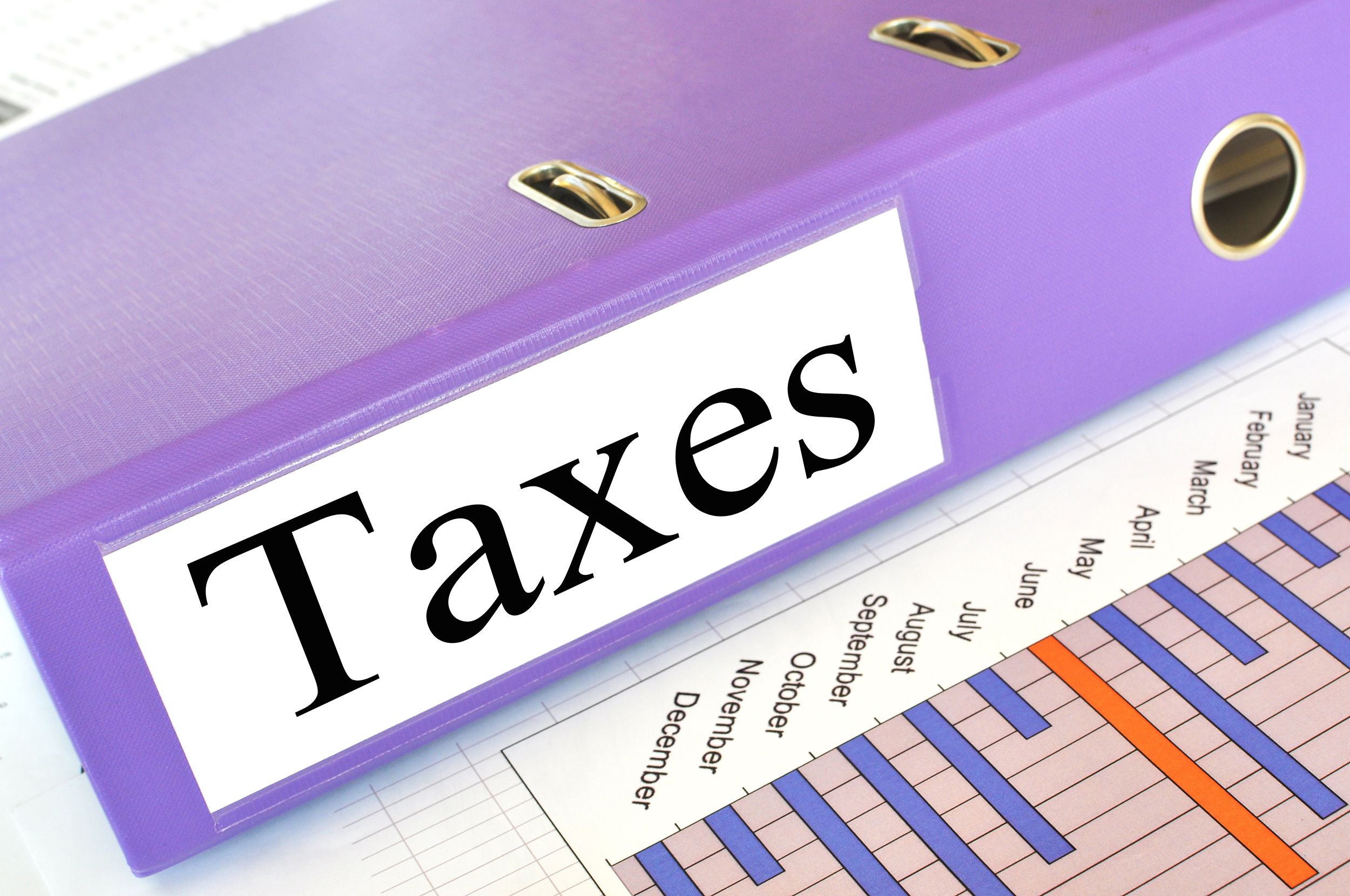News
Three common inheritance tax myths debunked

As it was revealed David Cameron received large sums of money from his parents to minimize his inheritance tax bill, we reveal the common myths around this form of death planning and the facts you really need to know.
Inheritance tax (IHT) was firmly on the agenda last week as the Prime Minister revealed he received a £300k gift from his late father and a separate £200k gift from his mother.
With critics dubbing the PMs tax affairs as bordering on tax evasion, we reveal all you need to know about IHT.
What is inheritance tax?
IHT is a tax paid on a person’s estate – the value of property, money and other possessions – after their death.
Currently, no IHT is charged on the first £325,000 of the estate but above this threshold, there’s a hefty 40% tax bill.
If you’re married or in a civil partnership, any of your estate which passes to your spouse on your death does so without any IHT liability.
This effectively doubles the tax-free amount that a surviving partner can leave behind to £650,000.
What are the myths surrounding IHT?
Myth 1: IHT is only for the rich.
Fact: With rising property prices especially in London and the South East, more people could be caught out.
Property prices continue to boom and with the latest Land Registry House Price Index showing the average house price in February for properties in London stood at £530,368, more people could land an unexpected IHT bill ahead of the introduction of the nil-rate band next year.
See YourMoney.com’s Inheritance Tax: five ways to minimise a bill upon death guide.
Myth 2: You can avoid a tax bill by giving money away.
Truth: Yes and no.
There are several exemptions from inheritance tax which encourage people to leave charitable donations as part of their legacy. Sarah Lord, director of wealth planning at Killik & Co, said there’s currently no inheritance tax on gifts to charities, museums, universities or community amateur sports clubs. “Political parties also remain exempt from any taxation,” she adds.
You can give cash or gifts up to the value of £3,000 each year without having to pay inheritance tax (IHT). Parents and grandparents can also gift money to their offspring, as Cameron’s mother did.
A gift is defined by the government as anything which has a value such as property, possessions or money. Parents can give £5,000 to a child when they get married IHT free, and grandparents can give £2,500 for the occasion. Lord added that smaller amounts of £250 can be made to as many people as you like and you can carry forward any of your unused £3,000 allowance to the following year. If you didn’t do this in 2015/2016, “make the most of it now while you still can,” she said.
It’s important to note the seven year rule. Anything is exempt as long as the original owner lives for a further seven years. “Should the donor pass away within seven years of the original gift then the full gift or a proportion of it is classed as still being in the estate and therefore counts towards the IHT threshold,” Lord warns.
Myth 3: There’s no change in the IHT threshold
Truth: Changes to the threshold for property will be bought in next year.
In last year’s Summer Budget, Chancellor George Osborne announced a main residence nil-rate band for an estate which would lift the combined allowance to £1m by 2020. This applies to any married parent or grandparent, or those in a civil partnership when leaving a family home to a direct descendant, including children, grandchildren, legally adopted or fostered children.
From 2017 you’ll get an initial £325,000, plus an additional £100,000 nil-rate band taking the amount to £425,000 per person. Each year to 2020, the nil-rate band will rise by £25,000 giving individuals and couples a larger allowance: Here’s how it will work:
- 2017: Initial £325,000, plus there’s an additional £100,000 nil-rate band = £425,000 per person
- 2018: Initial £325,000, plus there’s an additional £125,000 nil-rate band = £450,000 per person
- 2019: Initial £325,000, plus there’s an additional £150,000 nil-rate band = £475,000 per person
- 2020: Initial £325,000, plus there’s an additional £175,000 nil-rate band = £500,000 per person.